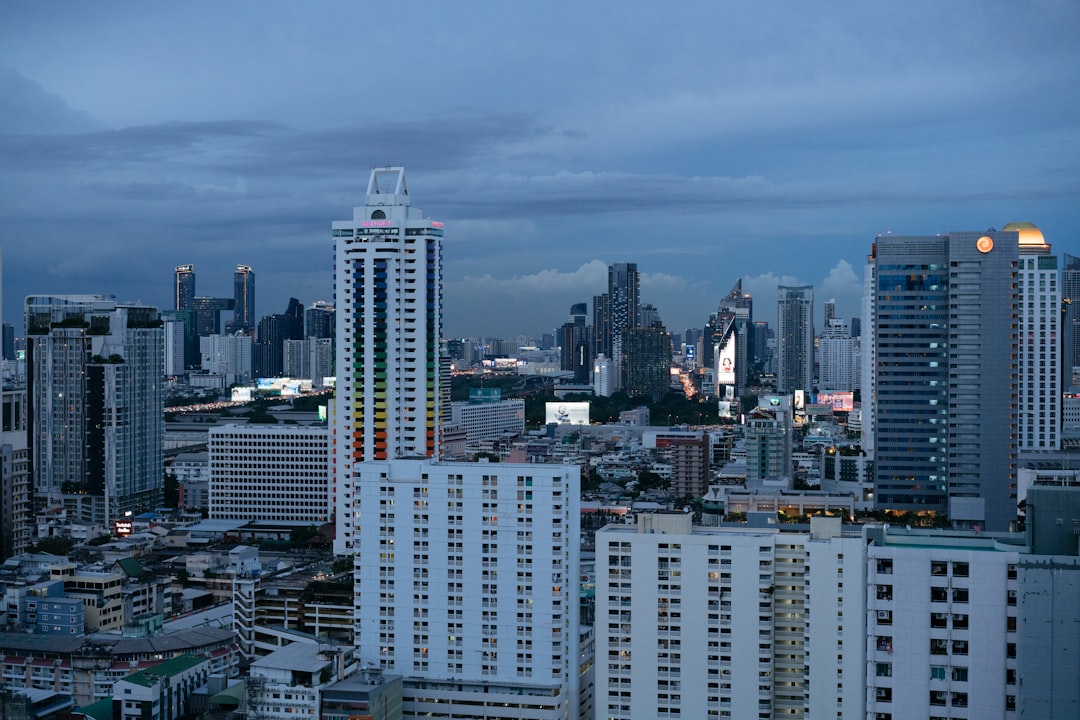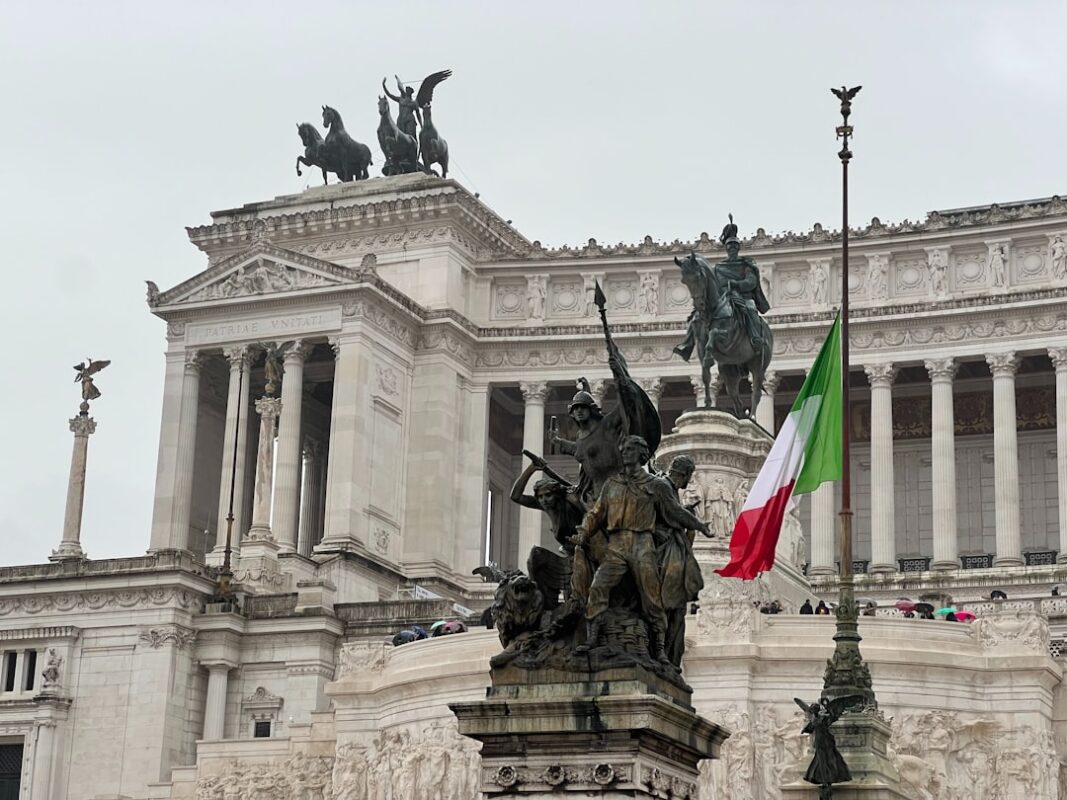Understanding The Clog The Toilet — here’s what’s new, why it matters, and what to watch next.
Understanding the ‘Clog The Toilet’ Campaign Against Indian H-1B Visa Holders
At a Glance
The recent political landscape has seen the emergence of a contentious campaign dubbed ‘Clog The Toilet,’ aimed at Indian H-1B visa holders. Following a proposal by former President Donald Trump to impose a hefty $100,000 fee on H-1B visas, panic has spread among Indian tech workers, prompting many to rush back to the United States. This situation raises critical discussions about the implications of such campaigns on immigration and the tech industry.
Background & Timeline
The H-1B visa program has long been a cornerstone of the U.S. workforce, particularly within the technology sector. Initially established in the 1990s, the program allows U.S. companies to employ foreign workers in specialty occupations that require theoretical or technical expertise. Indian nationals constitute a significant portion of H-1B visa holders, making the recent developments particularly alarming for this demographic.
Key Events Leading to the Campaign:
- Late 1990s: H-1B visa program established to fill skill shortages in the tech industry.
- 2016: Donald Trump’s presidential campaign emphasizes stricter immigration policies, including changes to the H-1B visa program.
- September 2025: Trump announces a proposal to increase the H-1B visa application fee to $100,000, sparking outrage and panic among tech workers.
- September 2025: The ‘Clog The Toilet’ campaign gains traction online, with its proponents encouraging a movement aimed at blocking flights for Indian H-1B holders.
- Legislative Responses: How lawmakers respond to the proposed fee and the implications for the H-1B visa program.
- Public Reactions: The potential for backlash against the ‘Clog The Toilet’ campaign, including counter-movements that advocate for immigrant rights.
- Impact on Tech Companies: How the proposed fee might affect hiring practices within tech firms, especially those heavily reliant on H-1B visa holders.
- Economic Indicators: Monitoring unemployment rates and job openings in the tech sector as the debate continues.
What’s New
The ‘Clog The Toilet’ campaign gained notoriety through social media platforms, where it has been promoted as a form of protest against what some perceive as an over-reliance on foreign workers in the U.S. tech industry. Proponents argue that Indian H-1B visa holders are taking jobs from American workers, thereby exacerbating unemployment rates.
However, critics of the campaign assert that it reflects a troubling trend of xenophobia and racism, painting a negative picture of Indian professionals who are often highly skilled and sought after in their fields. This backlash has led to a wider discourse about the role of immigrants in the U.S. economy and the potential consequences of implementing punitive measures like the proposed fee increase.
Why It Matters
The implications of the ‘Clog The Toilet’ campaign extend far beyond its immediate effects on Indian H-1B visa holders. It represents a growing rift in U.S. society regarding immigration and the perception of foreign workers. As tech companies rely heavily on skilled labor from abroad, the ramifications of such a campaign could threaten to destabilize the workforce in a sector already grappling with talent shortages.
Moreover, the rise of racially charged campaigns raises questions about the broader societal acceptance of immigrants and could lead to increased discrimination and hostility towards foreign workers. This situation could deter highly skilled professionals from seeking opportunities in the U.S., ultimately undermining the competitiveness of the American tech industry.
What to Watch Next
As the situation unfolds, observers should focus on:
FAQ
Q1: What is the H-1B visa program?
A1: The H-1B visa program allows U.S. companies to employ foreign workers in specialty occupations that require specialized knowledge, primarily in fields like technology and engineering.
Q2: Why is the ‘Clog The Toilet’ campaign controversial?
A2: The campaign is seen as racially charged and xenophobic, targeting Indian professionals and perpetuating negative stereotypes about immigrants taking jobs from Americans.
Q3: What are the potential consequences of increasing the H-1B visa fee?
A3: Increasing the fee could deter skilled workers from applying for H-1B visas, leading to talent shortages in industries reliant on foreign expertise, particularly in tech.
Q4: How has the tech industry responded to the proposed fee increase?
A4: Many tech companies have expressed concern over the potential impact on their workforce and the challenges it may pose in attracting talent from abroad.
Q5: What can individuals do in response to the campaign?
A5: Individuals can raise awareness about the contributions of immigrants to the U.S. economy, engage in supportive communities, and advocate for more inclusive policies that benefit all workers.
Takeaways
The ‘Clog The Toilet’ campaign highlights a significant tension in the current U.S. immigration discourse. As debates surrounding the H-1B visa program intensify, it is crucial to reflect on the broader implications for the tech industry and society as a whole. The narrative surrounding immigrants must shift from one of suspicion to one of recognition of their contributions to the economy and culture.
In the coming months, stakeholders will need to navigate these complex issues carefully, balancing economic needs with societal values as they work towards solutions that foster inclusivity and growth.
—
Sources & Credits: Reporting synthesized from multiple reputable outlets and official releases.
Read our related coverage for more on Understanding The Clog The Toilet.
For context and confirmations, see reputable wires like Reuters or AP News.
Source: Original Source. Reporting synthesized from multiple reputable outlets and official releases.
For deeper analysis on Understanding The Clog The Toilet, explore more reports and explainers on Insurance Rate Expert.













